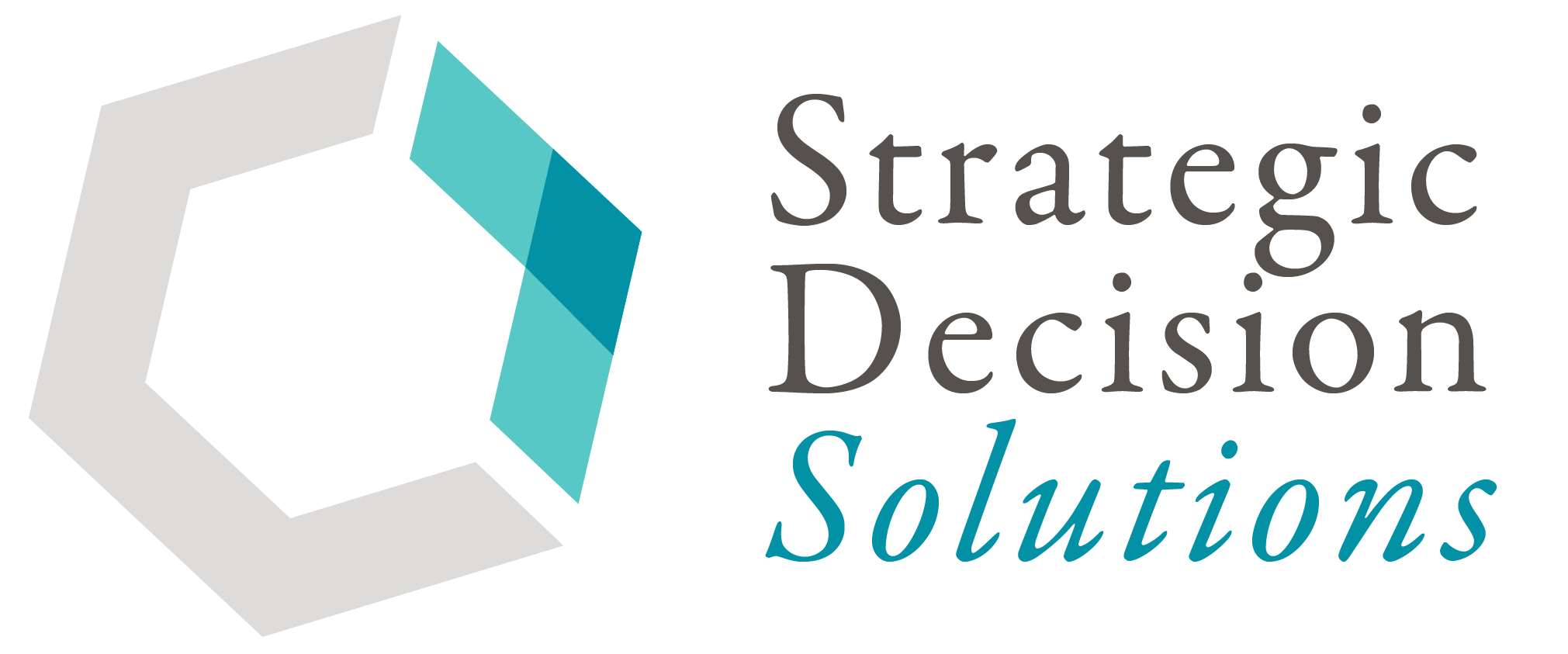I don’t particularly like discussing the coronavirus pandemic; it seems like the topic is pretty worn out, but for organizations of all types and sizes, the pandemic and governments’ response to it over the last year blew the lid of uncertainty wide open.
Now it’s not that 2020 ushered in the age of uncertainty – it’s been with us all along and intensifying for years.
What is different now is that many companies are now placing a renewed focus on risk management to better understand how uncertainty affects them. They are anxious to know what else they missed and what they need to get in front of so they can avoid the scrambling of last March and April.
This process has naturally led to questions: what do we now know? What should we be paying attention to? Examples of gaps many companies have noticed include:
- Potential supply chain disruptions – as I discuss here, supply chain risks do not just apply to manufacturers, but any company who relies on vendors (…who out there doesn’t?).
- Focusing exclusively on internal risks – most companies’ risk management tend to focus on internal issues. Truly understanding uncertainty, though, requires you to consider what’s going on in the broader world and how it may impact your company, especially in the long-term. Could political unrest in a country affect a particular supplier or shifting cultural trends (see here and here) render your products and services obsolete? What opportunities would challenges like this present?
- Considering cyber risks from only one perspective – data breaches, hacks, and other cyber risks are growing more pronounced with each passing day it seems. However, many organizations simply focus on the immediate impacts of breaches and mistakenly believe insurance will cover all of the costs. Risk managers in these situations tend to only assign generic labels to risks without any context or supporting information to help decision-makers.
A majority of inquiries to my ERM consulting firm over the last year have been from companies realizing they need to do things better, but they don’t know where to start. For aspiring risk professionals, this represents a great opportunity.
Understanding uncertainty and its impact on the organization’s success requires talent with certain skill sets, background, and experience.
As this article from Bloomberg explains, the risk manager’s role 20 years ago was more behind-the-scenes in nature, and while it has changed significantly irrespective of COVID, the pandemic gave risk managers a much more prominent role in many organizations that were caught off guard.
A quick search on LinkedIn for “risk analyst” or “director of risk management” jobs produces 4,762 and 4,833 results, respectively, here in the U.S. alone. And according to this report on careers in the financial industry, the U.S. Bureau of Labor Statistics anticipates risk management roles to grow by just under 20% through the middle of this decade. While there are variations between industries, this growth is significantly higher than the average for all occupations according to the BLS.
If your company is seeking talent for better understanding uncertainty, options include:
- Hire a consultant
- Grow a team internally
- A hybrid approach
Which option you choose will ultimately be driven by any urgent issues and how quickly you want things to move. An external consultant will be able to jump in almost immediately and bring a wide range of experience from other organizations. (Read this article on what to look for when hiring a consultant.)
However, consultants typically focus on very specific areas or urgent challenges. If time isn’t so much of a concern, growing a team internally is a longer term solution since they will get to know the company more in-depth.
The third option, a combination of the two, is probably the most popular.
Sometimes a consultant can be brought in to help address immediate challenges and then help the company develop its own team, including knowledge transfer. Another hybrid scenario is that a consultant may be brought in to examine specific areas that are too complex or sensitive for an internal resource to understand adequately.
As the pandemic has shown, understanding uncertainty and its impact on your organization, both good and bad, is an increasingly vital part of ensuring its success. Companies who neglect to do this are at extreme peril of being hampered by events or displaced by more agile competitors.
How does your organization find the right talent for understanding uncertainty?
As many surveys show, this topic will continue to grow in significance in the years ahead. Sharing experiences and insights can help fellow risk professionals adapt in their roles to better serve their organizations, so please feel free to leave a comment below or join the conversation on LinkedIn.
And if your company has an urgent need or simply wants to do better and doesn’t know where to start, contact me to discuss your situation and possible paths forward.
Featured image courtesy of Tim Mossholder via Unsplash.com








